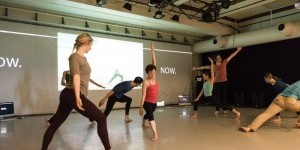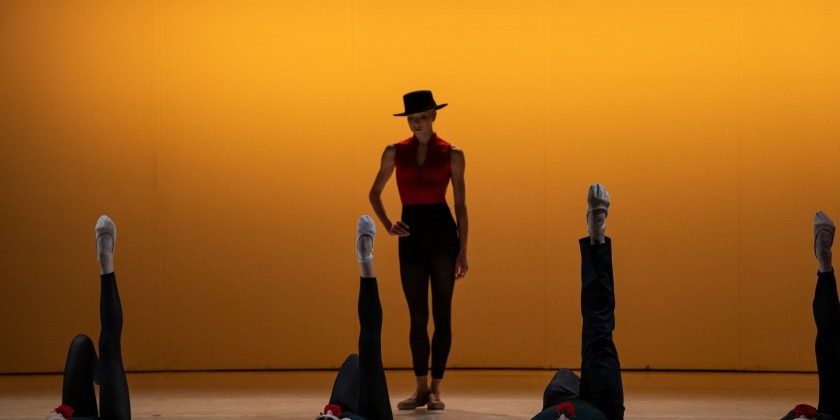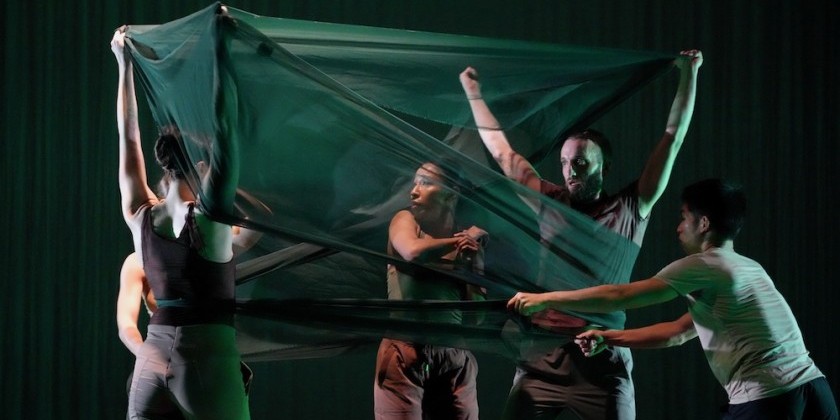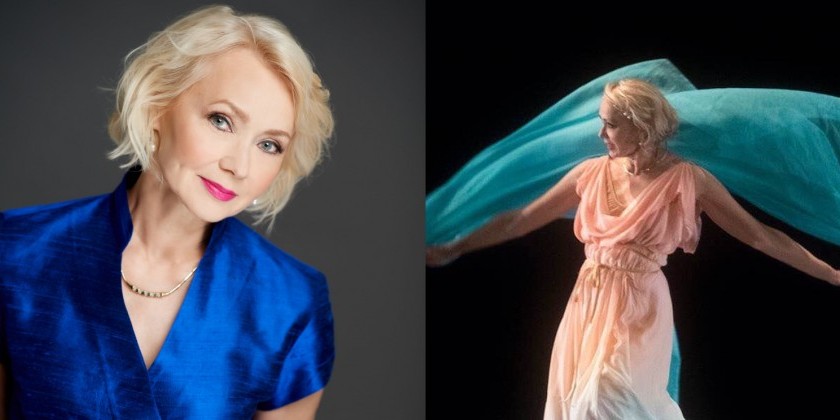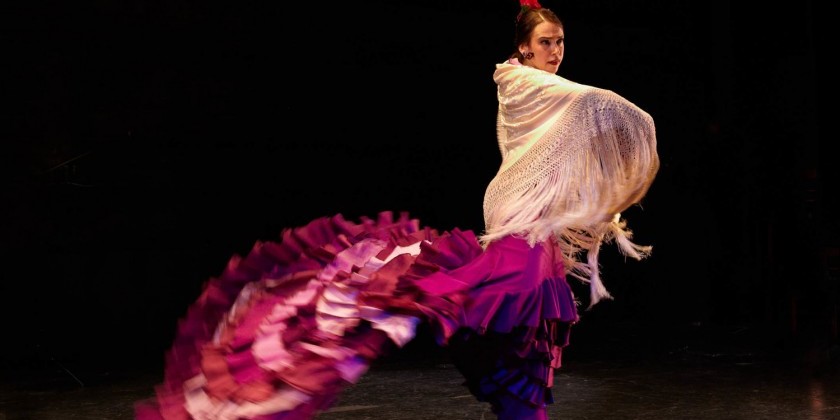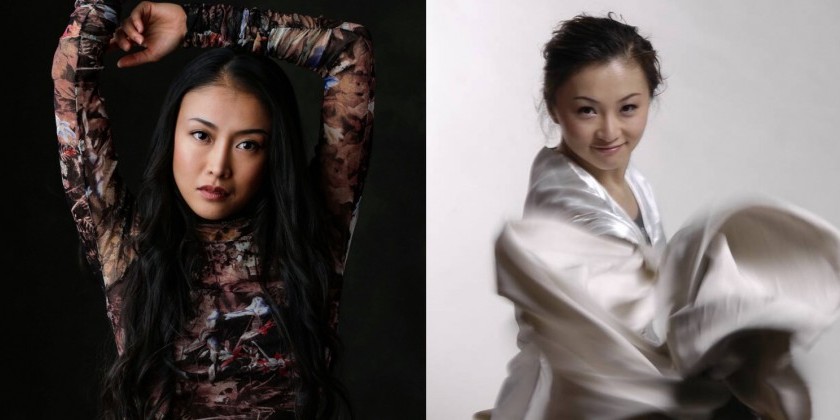Choreographer Pat Catterson on Dancing while Skyping
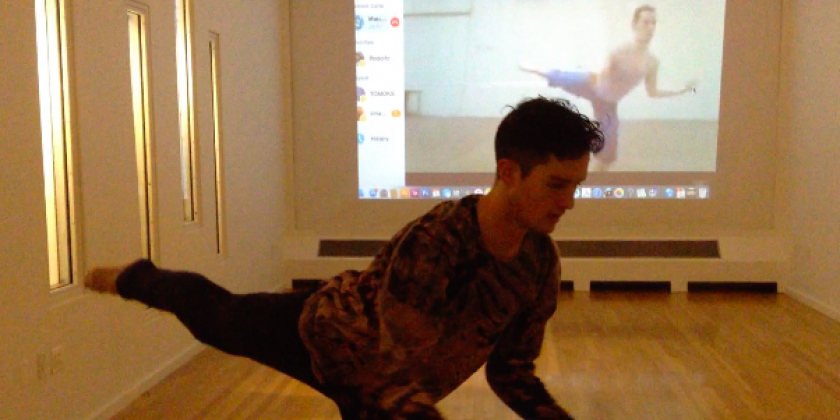
NOW. Marks the Artist’s 108th Choreographic Work
NOW., a multimedia / performance / installation event directed and choreographed by Pat Catterson in collaboration with dance media artist Paul Galando
On Saturday + Sunday, January 30 + 31, 2016 at 12Noon
at NYU Tisch School of the Arts, 111 2nd Avenue, 4th floor, New York, NY
Tickets: http://www.brownpapertickets.com/event/2483340
Presented by NYU Tisch Dance and New Media Department, NOW. is a multimedia performance/installation event directed and choreographed by Pat Catterson in collaboration with dance media artist Paul Galando. This immersive performance explores the evolving intimacy of dance in a world of new media. Dancers in New York will perform alongside real-time, life-size Skype projections of dancers from multiple cities around the world including Argentina, Denmark, Estonia, Germany, Greece, Holland, Japan and Norway. The duets, solos and group sections of this piece will unfold over three sites, with the audience free to move from one to the other, as well as to interact with the international cast of dancers.
Sammi Lim for The Dance Enthusiast: NOW. marks your 108th choreographic work. Congrats - you’re a centennial dance artist! How does it feel?
Pat Catterson: I feel proud and happy to have been able to continue to create and dance. I am most happy when I am, for it is my passion and what I do well. I still perform and tour the world with Yvonne Rainer as her Dancer and Rehearsal Assistant. And I take class every day; not many people my age (I will be 70 next month) can say this! I love this “new” performing career with Yvonne that happened in my late fifties and throughout my sixties, but mostly I think of myself as a choreographer and this new work means so much to me because it encapsulates what I believe in and value.
I love dancers and dancing and this piece celebrates this as well as my belief in its meaningfulness and the beauty and intimacy in the sharing of movement. It also expresses the double-edged sword of how we communicate and connect today through these phantom representations of each other and the faux intimacy of those exchanges.
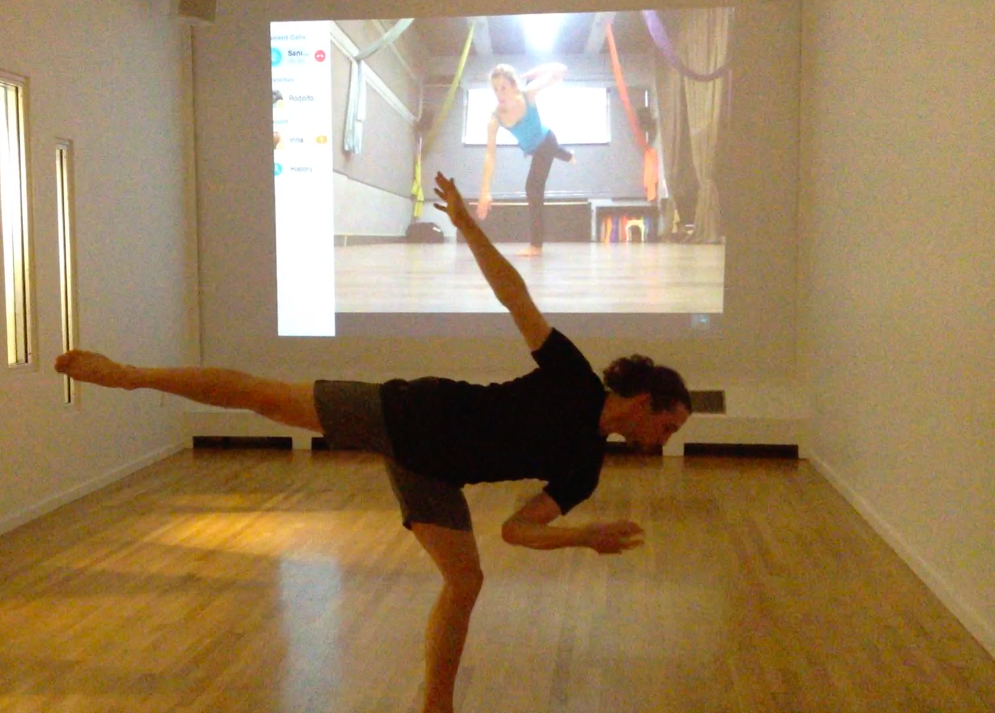
TDE: Having first danced for Ms. Rainer in 1969, I'd say you two are fast friends. Does she put in a word for your independent projects and vice-versa?
PC: Yvonne is very supportive in many ways and I of her, of course. But our work is so different. In Yvonne’s work, movement is an object among others, but in mine, movement is the subject. Her work can fit in the “performance” category whereas mine is squarely in the “dance” category.
Yvonne has been great to me. I think her support had a lot to do with my getting a Guggenheim four years ago. She always comes to see my pieces and I have learned a great deal from her. One of the best things she ever did for me was after my first full concert at Judson in 1970.
She was teaching improvisation type classes in her loft and usually asked me to stay for tea so we would chat about art and life. In any case, about a week after my concert, we were chatting over tea when she asked me how I was feeling. I lied and said I was fine. She said, “Well, I remember after my first concert that I got very depressed thinking there was nothing left inside, that I had made everything I could ever think of to do. So in case you are feeling that way, I just want you to know that you have enough material in that concert to elaborate on for the next ten years!”
Her words meant so much to me because it was exactly the way I was feeling. I got a really great review in the NY Times and people were asking me what I was going to do next, and I thought to myself that this was it, all that I had inside, that there were no more ideas! I felt very down. She saved me that day. And she was right. I had only scratched the surface of my ideas.
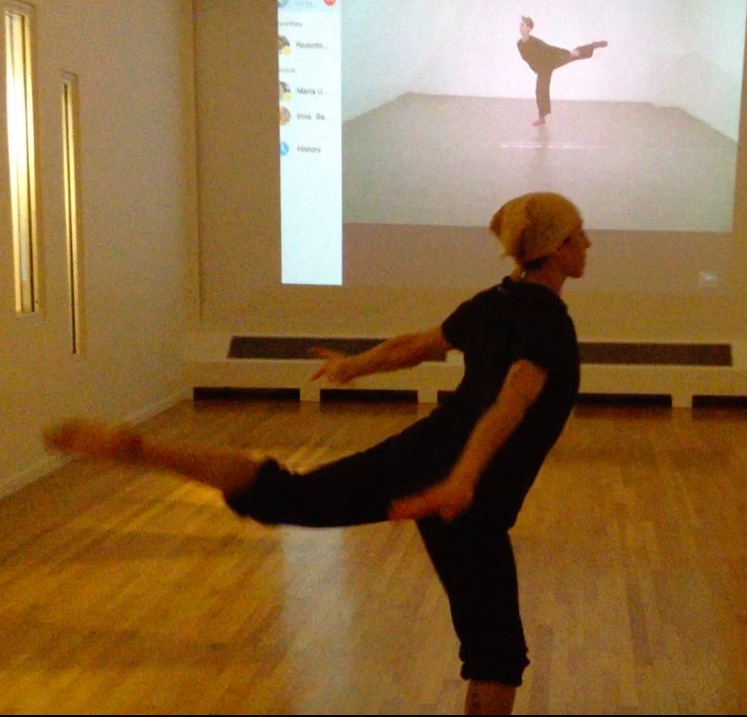
TDE: Who are the dancers in Argentina, Denmark, Estonia, Germany, Greece, Holland, Japan and Norway who will be performing simultaneously across space? Have you met them prior?
PC: I met all of the international dancers before, except for Rodolfo Saraiva in Brazil. We have a mutual friend and that is how we connected when I was looking for another dancer in this hemisphere to round out my cast.
TDE: Were rehearsals for the upcoming performance also conducted via Skype?
PC: Yes, most of them were. I did have some individual and group rehearsals with the NYC dancers in a studio, but the majority of the rehearsals were conducted via Skype projection.
There was really only one studio where we could reliably do so, which was Studio A at Gibney’s 280 Broadway location. It has strong WIFI, a projector and a projection screen, plus the room was dark enough.
Scheduling studio space was one of the huge challenges of making this piece, not only here, but in all of the other countries. And then there was the challenge of the time zone differences. We rehearsed with the Japanese dancer from 8-10am New York time, which was 10pm-midnight there!
TDE: NOW. addresses the “now now” of 2016, a highly technological era. But I also get the sense that the work alludes to the act (and art) of living in the moment (which many fail to grasp). You once mentioned experiencing the present more intensely as you got older…
PC: Yes NOW addresses both for me. With technology we can cross the borders of time and distance in ways we could not before, bringing us to one place and time in a cyber experience that is both real and not.
I love this quote by philosopher Alfred North Whitehead because it so captures the experience of living and, by the way, the experience of dancing and its ephemerality. He said, “What we perceive as the present is the vivid fringe of memory tinged with anticipation.” I recently read a book by Dan Harris called "10% Happier" about his experiences with meditation. I connected with all he said about the richness and relief of being fully in the present, and putting aside the haunting past and the worries and pressures of the future.
Now from Pat Catterson on Vimeo.
TDE: How would you recommend that audience members ‘interact’ with the dancers during an interactive performance? Also, as a dancer in an interactive dance performance, what do you hope for from the audience?
PC: There are four “fields” or areas of activity and the audience member is free to roam from one to the other. No one audience member will be able to see everything that happens, so each will have a different experience. Each will have a different “NOW.” They too will participate in, albeit more subtly and vicariously than the dancers performing and interacting, the sharing in movement. There is one place in the piece where the audience can literally join in the dancing if they so desire, but it is voluntary. The audience will be very close to the performers, and as the dancers move from site to site, they will pass through the audience. I think that dancers hope first of all that no one trips them!
But, more seriously, I think the dancers will enjoy the audience feeling them by being so close. They will see their sweat, hear their breathing, feel the effort of what they are doing, and watch their "in-the-moment" decision making. In two of the play areas, there are simultaneous duets between a dancer on Skype and a NYC dancer --sixteen in all. A seventeenth is between two on Skype (very cool, by the way). All the duets have sections done in unison, but there also are places where the dancers choose which parts of the phrase material to do. I call these parts “conversations” in movement.
So the audience will feel and experience this spontaneous back and forth. You know, as performers we want to share, at least I do. I know there have been artists, especially from Yvonne’s era, for whom the audience was not part of the art making equation, that the art was between them and what they made alone. The audience’s experience, yeah or nay, had nothing to do with it. It’s not that I feel the need to cater to an audience, but art is an experience, and I want the audience to have an engaged meaningful one. I enjoy the feeling of an audience, not in a showing off way, but in a sharing way.




